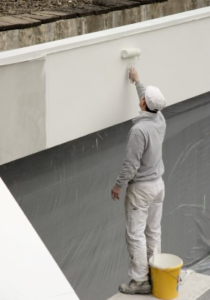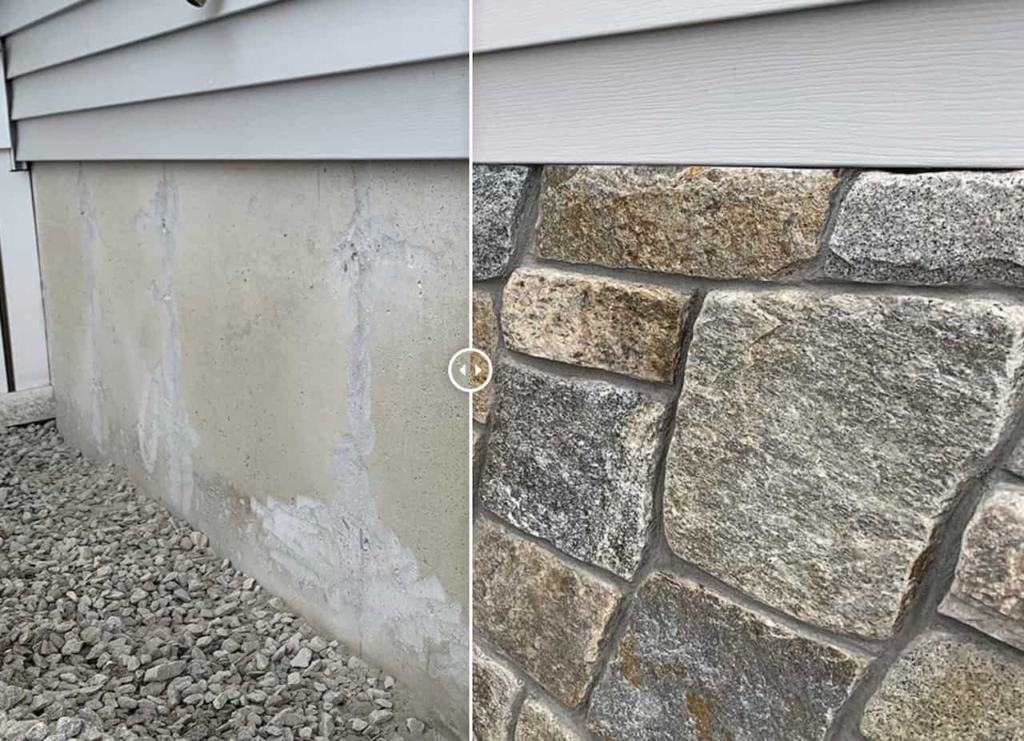Unlike traditional repiping, epoxy pipelining can repair your pipes without digging. It’s also less expensive and more environmentally friendly. It can be used for a wide range of pipes. It can even go around bends and angles. Keep reading the article below to learn more about Epoxy Pipe Lining. Pipe corrosion can cause many issues for buildings. This can lead to structural damage and a loss of water safety.

A building’s pipe system plays an important role in delivering safe and clean water to its occupants. But these pipes can also be a source of health and environmental issues, such as lead contamination and toxic chemicals leaching from corroded pipelines. To keep your building’s pipes safe and functioning properly, you can install epoxy lining to repair them. This is an environmentally friendly, cost-effective and durable solution.
Unlike traditional pipe replacement methods, which require excavation and can disrupt your home or business, epoxy lining is non-invasive. During the process, your pipes will be inspected and cleaned before the new epoxy coating is placed. This can be done through small access points in your property, so you won’t have to tear down walls or flooring. This makes it a great choice for commercial and residential buildings, including high-rise apartments and office spaces.
The cost of epoxy pipe lining depends on several factors, such as the scope and complexity of the project. The size of the pipes and the condition of the existing pipes can also affect the cost. However, in the long run, it is much cheaper than repiping your entire plumbing system.
Before the epoxy liner is installed, your plumbing system will be thoroughly inspected and cleaned by a professional plumber. The pipes are typically cleaned using hydro-jetting or other high-pressure water techniques to remove any sediment, debris, corrosion or build-up. This step is essential to ensure the epoxy liner adheres to the existing pipe walls.
Once the pipes are clean, the epoxy resin is then poured into the pipes. The liner is then inflated with a bladder to adhere to the pipe walls and cure. This process takes only a few days, which is significantly shorter than the time it would take to repipe your whole plumbing system.
This process is also environmentally friendly, as it reduces the amount of waste that is sent to landfills. It also saves your property money on utility bills and repairs, as well as reducing your carbon footprint. The slick inner coating improves the flow of water and eliminates blockages, resulting in a healthier and more efficient plumbing system.
Environment Friendly
Pipelining is a safe and environmentally friendly way to rehabilitate pipes. It uses an epoxy resin that is not toxic and completely CFC-free. It is used to repair and line existing plumbing pipes that are experiencing corrosion and structural damage. Unlike traditional pipe replacement methods, it does not require digging up the surrounding soil and disposing of it in landfills. It also doesn’t disrupt wildlife, such as rabbits, squirrels and birds, that live in the area.
It is a highly efficient process that can be done in one day and requires minimal construction and disruption to the surrounding environment. During the installation, pipes are cleaned to remove blockages and ensure that the lining will be a good fit. The liners are then cured in place and the pipe is ready to use. The entire process is quick and efficient, so you can resume your normal routine faster than traditional pipe replacement methods.
Epoxy pipes can last for up to 50 years and are resistant to microbial and chemical attacks. This makes them a great choice for homes and businesses that need long-term protection. In addition, they can help improve water flow in older pipes and prevent the occurrence of blockages.
The epoxy coating is impermeable and adheres to the pipe’s inside surface. It can be applied to pipes of all sizes and types, including potable water, pressurized lines, drains, vent stacks, and sewer pipe systems.
Using this method to restore old pipes can save you money in the long run. In addition, it is much more environmentally friendly than other renovation processes. Traditional pipe replacements involve heavy, fossil fuel-burning equipment to dig and transport materials. The epoxy mixture components must then be transported to plumbing companies and hardware stores, which creates more carbon emissions.
The epoxy lining technique is also an excellent choice for plumbing and sewer systems that are located below ground or in concrete floors. Often, these systems are exposed to extreme conditions such as earthquakes or seismic activity. Epoxy lining can help protect these pipes from damage and ensure that the water they deliver is safe for your family or employees to drink. It can also prevent the occurrence of clogs caused by calcium deposits that build up on the walls of pipes over time.
Reliability
Epoxy pipe lining is a reliable and cost-effective solution for repairing damaged pipes. Its durability also means that it can protect pipes from future damage by preventing corrosion and abrasion. In addition, it can increase the flow of water through pipes by removing internal scale and corrosion buildup. However, the installation process must take into account several factors, including pipe diameter and configuration. Pipes with multiple bends or long runs may be difficult to line effectively. Also, chemical additives in hydronic piping systems must be carefully evaluated to ensure that they don’t interact with the epoxy resin and cause an undesirable reaction.
The plumbing pipe lining procedure is safe and effective, but it must be handled by a professional technician. The epoxy coating is made from a strong, durable material that can withstand the pressure of your plumbing system. It is also highly resistant to cracking, splitting and leaks. It can also be used in pipes of different sizes and materials, such as metal and plastic. In addition, the lining process is compatible with most hydronic piping systems.
It is non-invasive – unlike traditional pipe replacement methods, epoxy lining does not require digging holes through your property or walls. The relining crew uses existing cleanouts or creates new ones with a door to access your plumbing pipes. The result is a repair that is quick, efficient and less disruptive to your home or business.
Unlike traditional pipe repairs, which can take weeks to complete and can disrupt the use of your home or business for extended periods of time, epoxy lining is a fast and affordable option for resolving plumbing issues. It can be used to treat a wide range of problems, from tuberculation to pipeline corrosion. It is a great solution for older cast iron and clay drains that are in poor condition. The relining process can also be used to fix broken drain valves. However, if you are experiencing major problems with your plumbing system, it is best to call in an expert to help you determine the best solution.
Time
The time it takes to complete an epoxy pipelining installation is significantly less than conventional repiping methods. In many cases, water is restored within a day. It is also a much faster and safer option than excavation. This is because it requires no digging and creates fewer environmental impacts. It is also less expensive, making it a good choice for both homeowners and commercial properties.
In addition, there is no need to remove existing structures or landscaping. This makes it a great choice for homes and businesses that want to upgrade their plumbing infrastructure without the hassle of excavation and restoration. The pipes are also stronger and more resistant to corrosion, making them a long-term solution that lasts for 50 years or more.
Before the pipelining process can begin, the old pipes must be evaluated using sewer cameras. This will help determine if the current pipes are suitable for epoxy lining. The pipes are then cleaned to remove any debris or blockages. Once the pipes are ready, the epoxy resin is applied inside the pipe and a bladder is inflated to ensure that the material forms to the existing pipe. Once the resin is cured, a final inspection is performed to ensure that everything looks good.
The slick interior coating increases water flow and reduces the likelihood of blockages. In addition, it is highly resistant to corrosion and can withstand high temperatures and pressure. The epoxy lining is also environmentally friendly and does not use toxic chemicals.
Another advantage of the epoxy lining process is that it can be used on pipes with bends and joints. This allows it to repair larger diameter pipes that are not easily accessible through the traditional dig and trench method. In fact, this technology is capable of repairing pipes that are up to 4-inches in diameter.
Although the epoxy lining process is quick and easy, it is important to hire an experienced plumber for the job. Not only will they be able to handle the process quickly, but they will also know how to avoid problems and get the best possible result. It is also important to hire a professional who has experience working on residential, commercial, and industrial projects.






